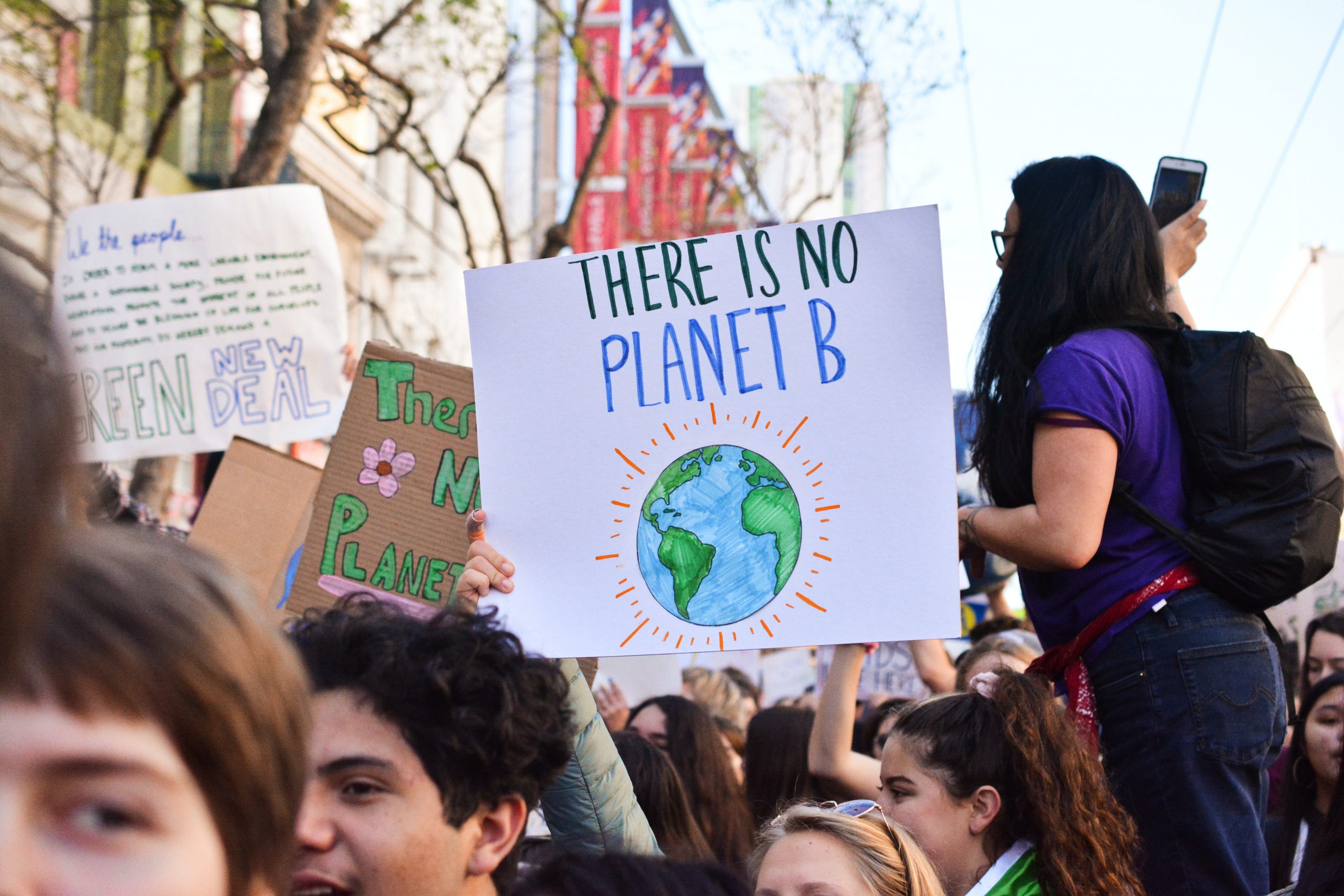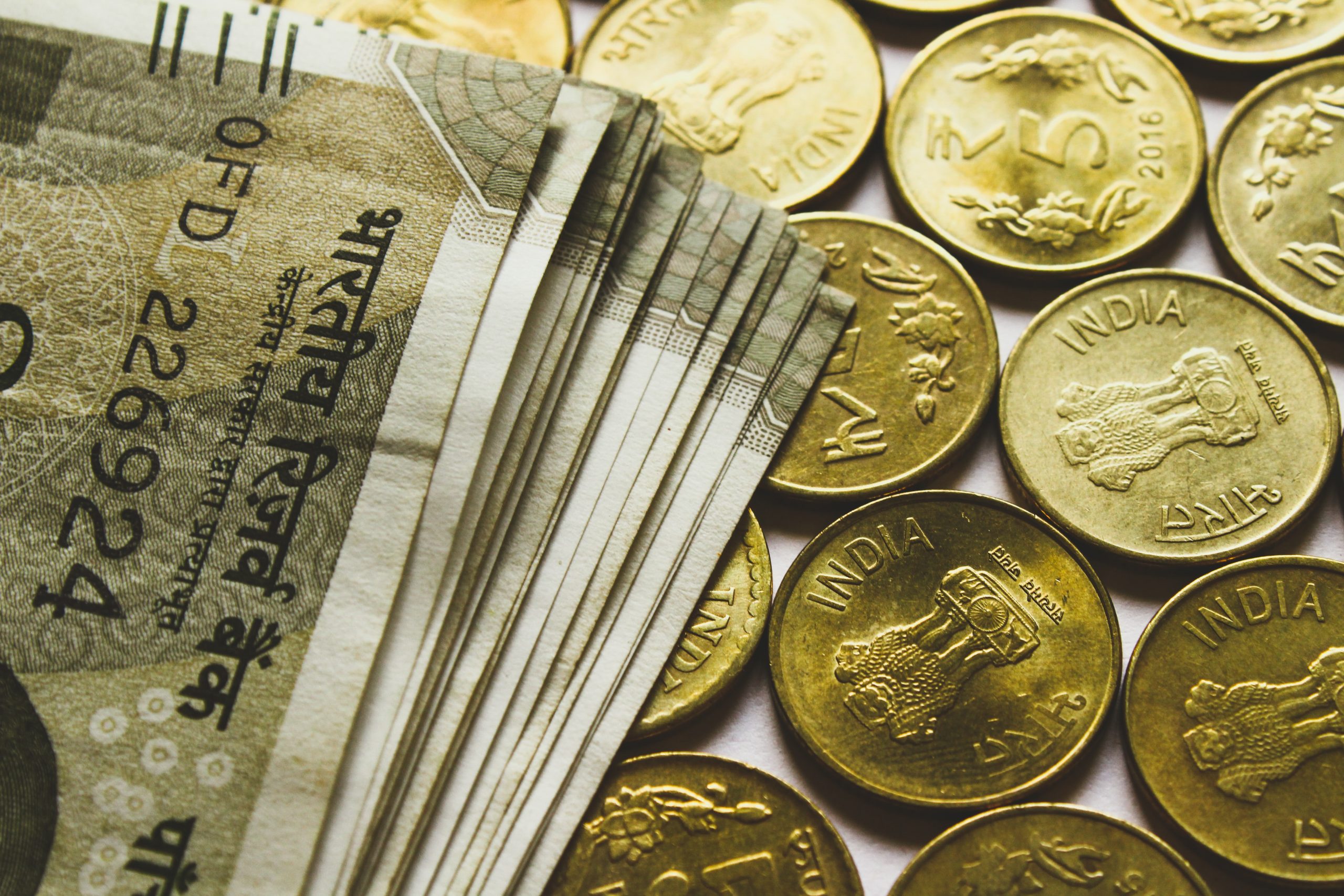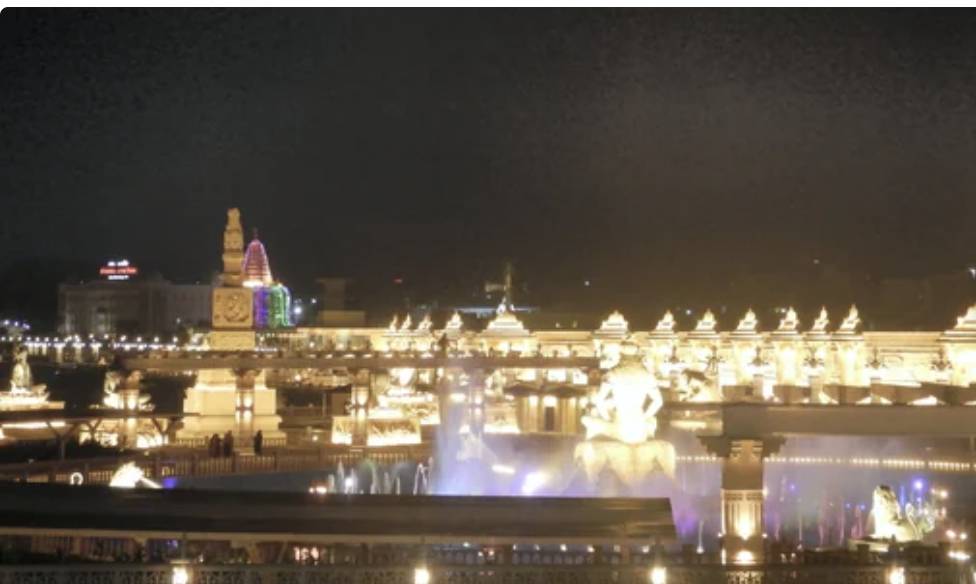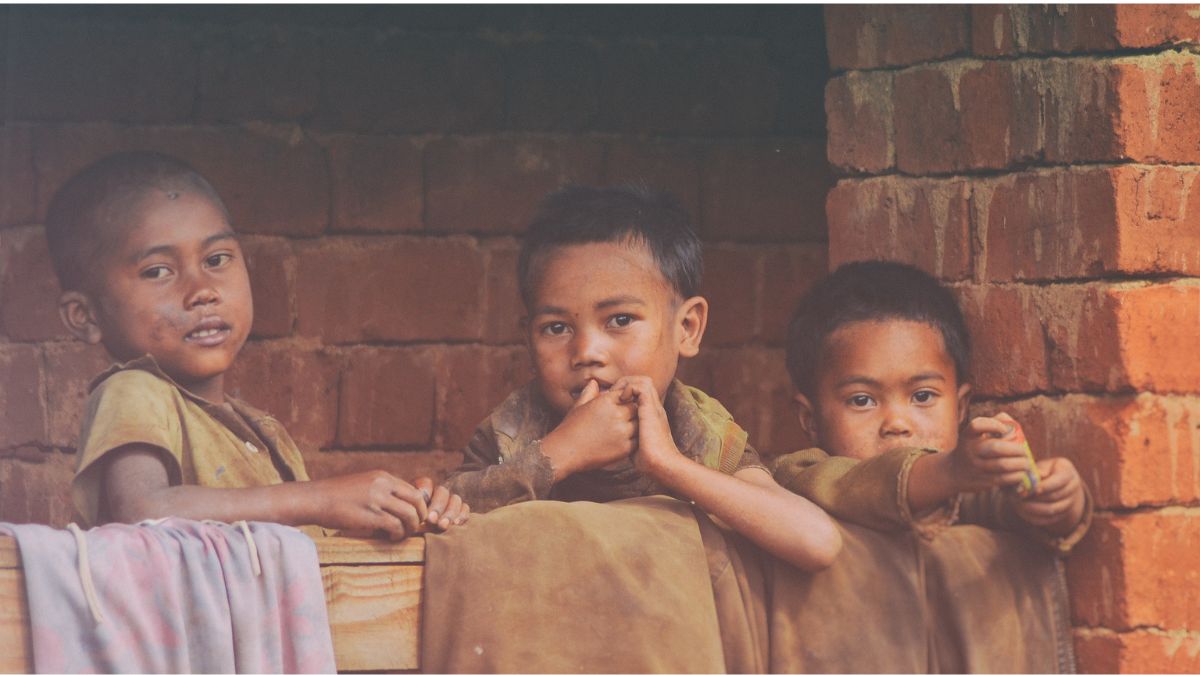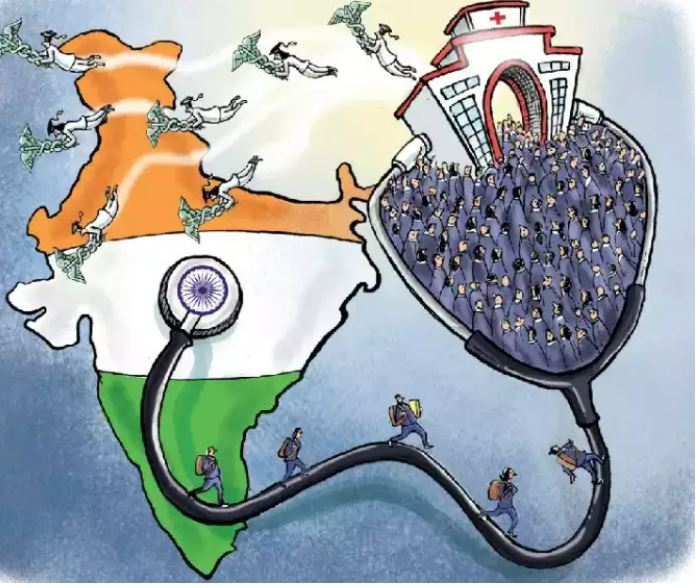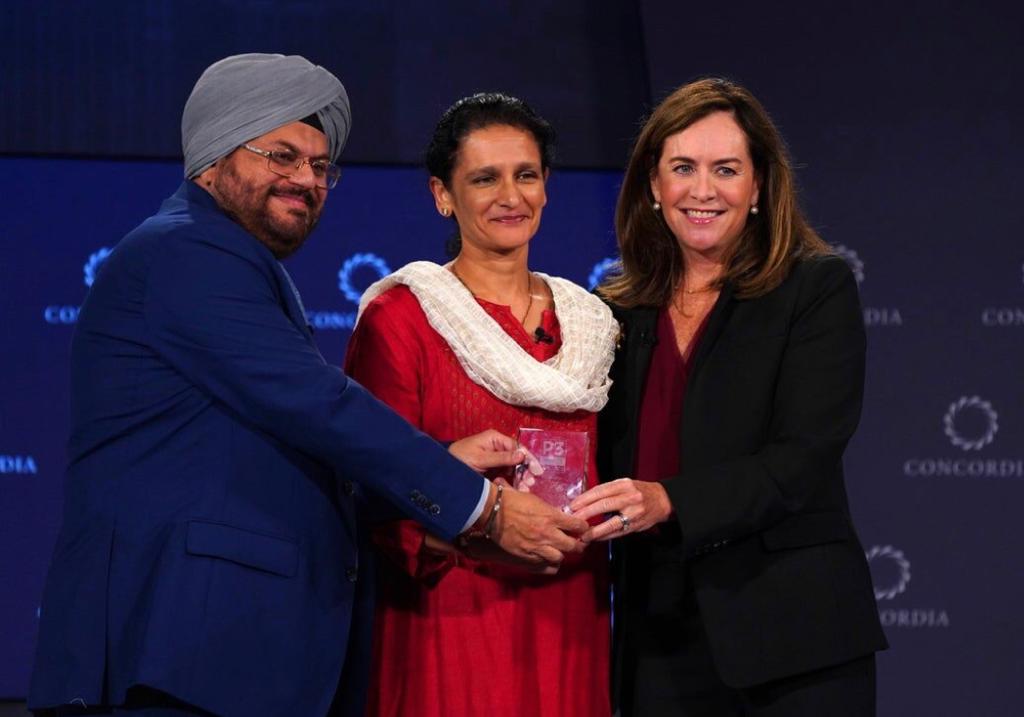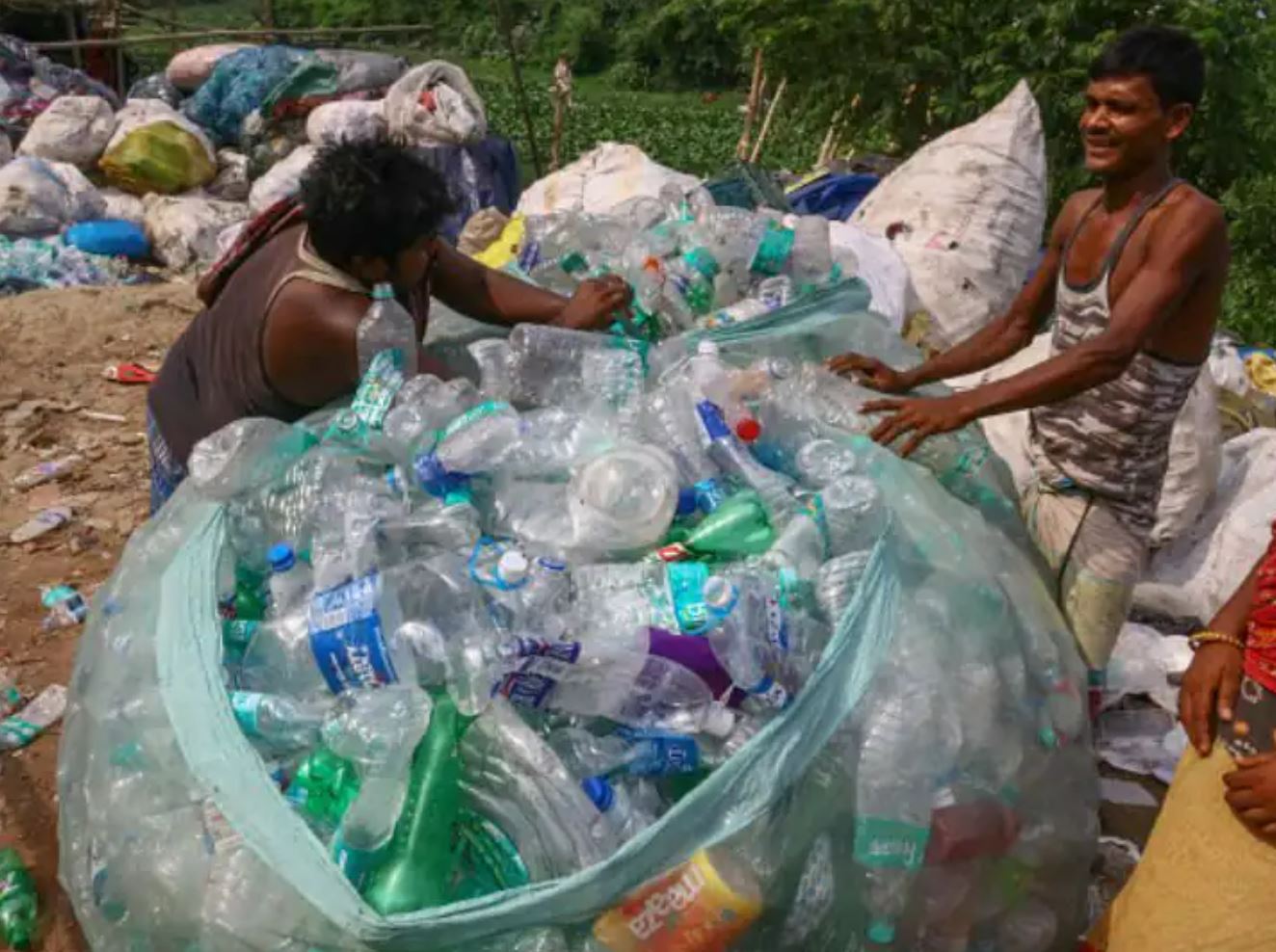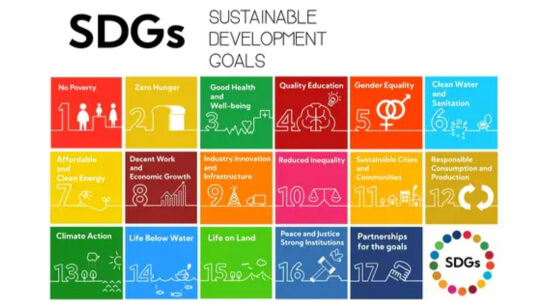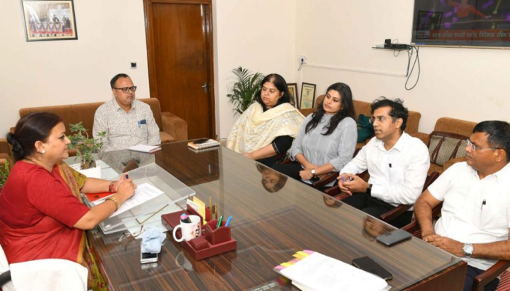Media Coverage in The Hindu Business Line
A desert storm is engulfing India
With a third of the country facing the threat of desertification, remedial policies and programmes just cannot wait
“Oddly enough, the overriding sensation I got looking at the earth was, my god, that little thing is so fragile out there,” observed Michael Collins, Apollo 11 (1969) astronaut, from space. Collins could not have been more right, as drying lands and vanishing fields suggest.
June 17 was earmarked as the World Day to Combat Desertification. This year, the day advocated for ‘the importance of inclusive cooperation to restore and rehabilitate degraded land and contribute towards achieving the overall Sustainable Development Goals’ (SDGs).
Goal 15 of the SDGs is to ‘Protect, restore and promote sustainable terrestrial ecosystems, sustainably manage forests, combat desertification and halt and reverse land degradation and halt biodiversity loss.’ This goal is linked with practically all the other goals, be it on poverty alleviation, ending hunger, reducing inequality, gender or employment.
The purpose of the 1994-adopted United Nations Convention to Combat Desertification (UNCCD) is to combat desertification and mitigate effects of drought through national action programmes that incorporate long-term strategies supported by international cooperation and partnership arrangements.
Drying up
Now India needs to take stock: A whopping 25 per cent (82 million hectares) of India’s total land (329 mn ha) is undergoing desertification while 32 per cent (105 mn ha) is facing degradation that has reduced productivity, critically affecting the livelihood and food security of millions across the country.
Combating desertification brings together three natural resources: Land, water and biodiversity. These three are interdependent: Disruption in one naturally affects the other two. The hydrological cycle sustains life. Vegetation and soil drive the movement of water. These three can simply not do without each other.
Biodiversity of India has always been integral to its culture. Globally, nearly 70 per cent of the world’s biodiversity is contained in just 17 countries, and India is one of them.
Unfortunately, these assets are under threat due to decline in habitat area and its deterioration; drying up and pollution of surface and groundwater sources; conversion of forests and grasslands to agriculture and monoculture plantations; and, invasion by exotic species. Land has been rampantly abused and mined by humans, rendering it dry, nutrition deficient and unproductive.
Water scarcity can result in low productivity and crop failure, leading to food shortage, price rise and subsequent hunger. Loss of indigenous stress tolerant crop varieties weakens the battle against adequate food production.
According to the UN, food output must grow by 60 per cent to feed a population of nine billion or more by 2050. In a world already grappling with addressing the hunger challenge, this will pose a serious threat to food security, since ‘more’ will have to be produced with ‘less’.
Water woes
Water plays a dual role in desertification. Its scarcity leads to desertification: Worsening droughts in India are having an impact on the desertification trend. Vegetation dries up and is rarely replaced. In the absence of a good vegetative cover, torrential rains cause substantial loss of soil which is flushed away.
Then the land dries a hard crust is formed on the surface leading reducing water infiltration and leading to subsequent water scarcity. At last count, the 2016 drought in India has affected 330 crore people across 10 States.
With water playing such a critical role in overall natural resource management, grass root practitioners suggest that “we must teach the running water to walk, the walking water to halt and then arrange for this water to find its way into subsoil and underground aquifers”.
Coupled with the plantation of local species including trees and practising agriculture suited to the ecology, results are heartening.
In Jalaun district of Uttar Pradesh, part of the Bundelkhand region, farmers are planting traditional varieties. In Andhra Pradesh, the Deccan Development Society is working with around 5,000 women farmers to cultivate food grains that are suited for the ecology and also maintain local varieties of crops.
In fact, most watershed programmes are a mix of land and water management practices with many of them proposing vegetation cover and cultivation of native species.
Market, and more
One of the main challenges in promoting ecological agriculture is to find the market. Millets and coarse grains were once scoffed at as a poor person’s diet, but they now command a premium price. Similar efforts should be made to popularise benefits of local ecology-friendly agricultural produce.
In the true spirit of cooperation and partnerships, in line with Goal 17 of the SDGs, and the theme for this year’s World Day to Combat Desertification, there is lot that countries can learn from each other.
Many organisations are involved in knowledge exchange between developing countries. While India has its share of good pilots to address desertification these need to be up scaled and spread laterally since the problems continue to be serious. The country can also learn from innovations elsewhere.
But there is a rider. No matter what the science, technology, or political will, unless the people are involved in the process, results will never commensurate with the investment.
US President Franklin D Roosevelt once said, “A nation that destroys its land, destroys itself.” Let’s take stock and move forward towards conservation and judicious use.





